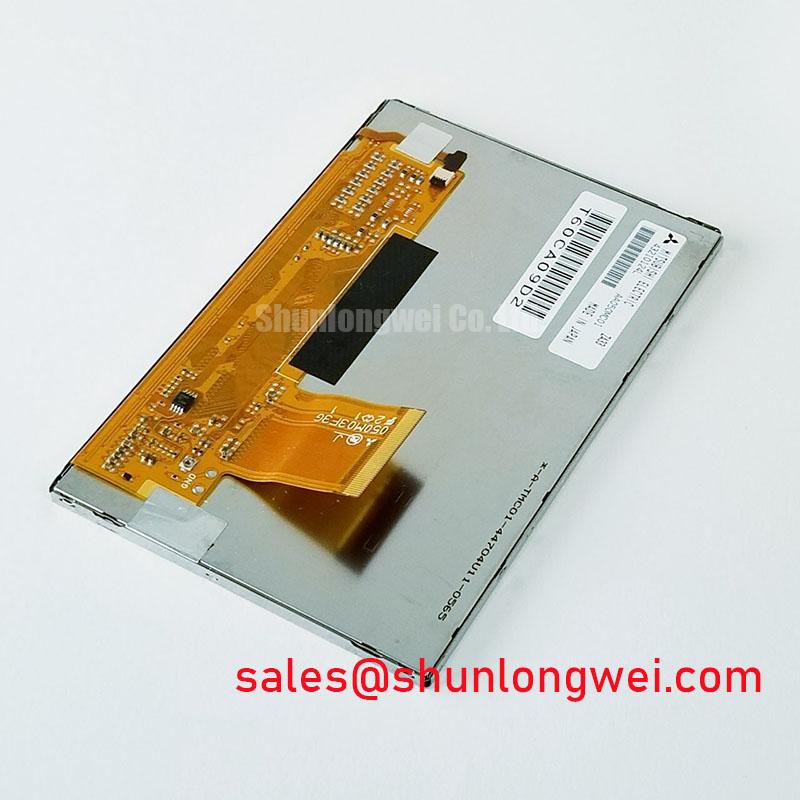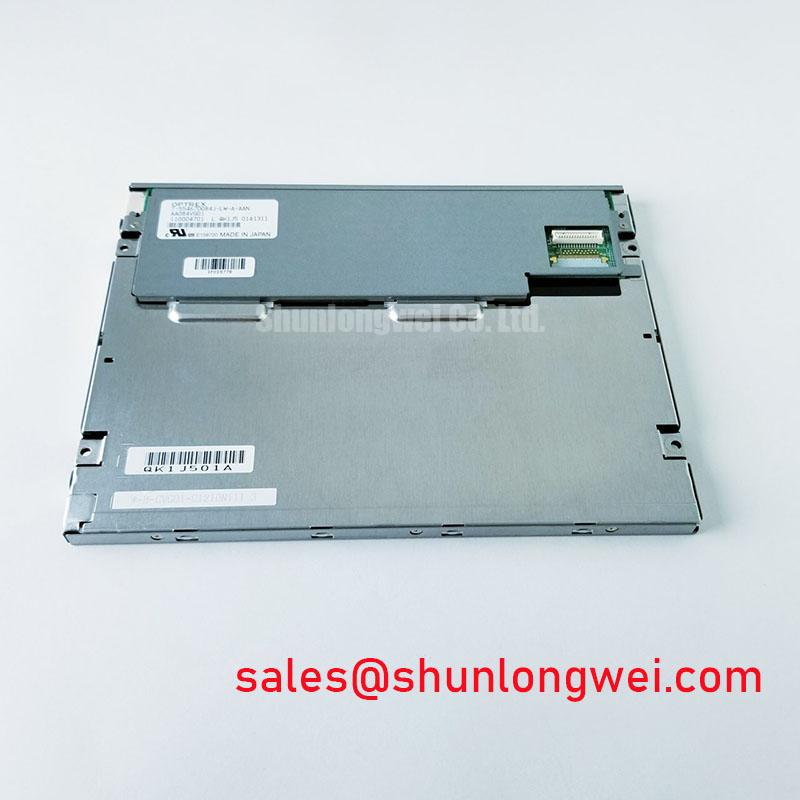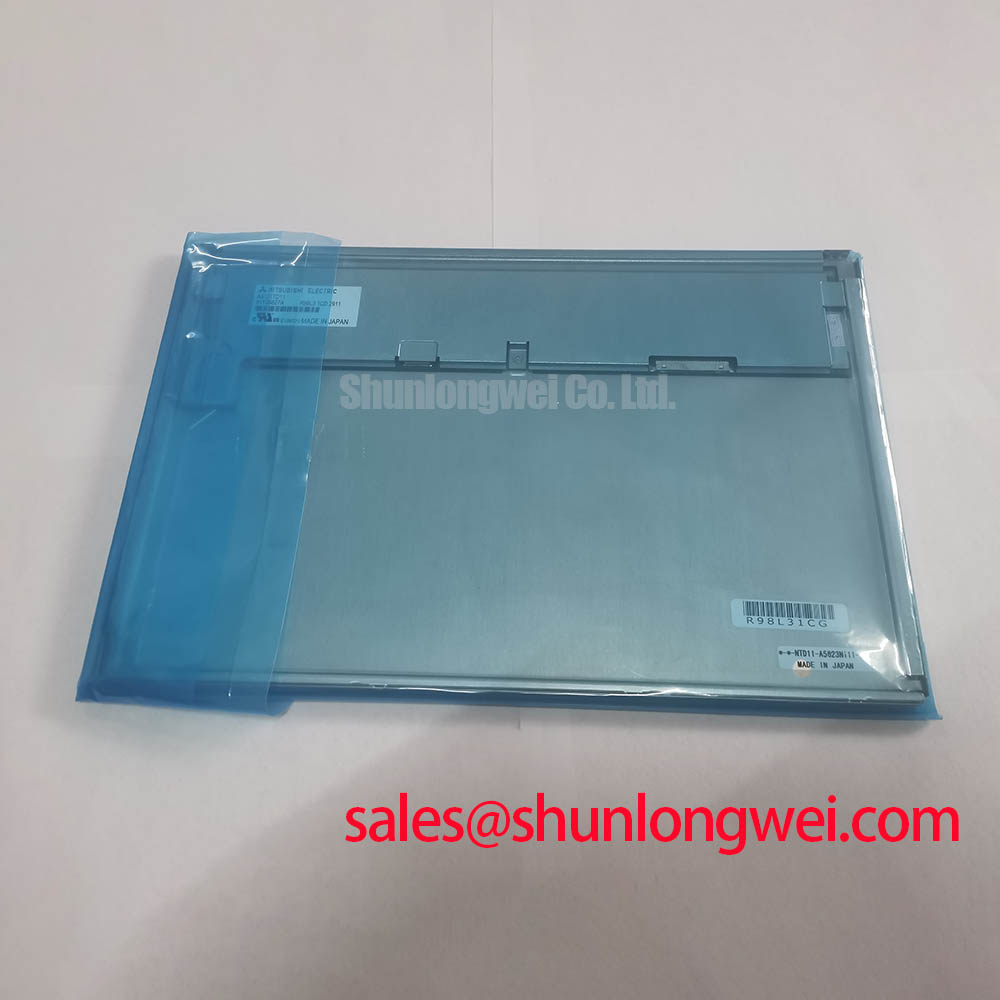Content last revised on November 15, 2025
AA104VC06: 10.4" VGA Display for Harsh Environments
Engineered for exceptional durability and visual performance in demanding industrial and outdoor applications, the Mitsubishi AA104VC06 is a robust 10.4-inch TFT-LCD module. It delivers sustained operational integrity through its wide temperature range and resilient construction. Key specifications include a 640x480 VGA resolution, an expansive operating temperature of -30°C to 80°C, and a high-vibration tolerance of 6.8G. This module provides exceptional mechanical stability and consistent readability. For engineers designing systems for uncontrolled environments, the AA104VC06's extended temperature capability is a critical factor, ensuring reliable startups in freezing conditions and sustained operation in high heat without supplemental thermal management.
Industry Insights & Strategic Advantage
Built for the Unforgiving: The Strategic Value of Rugged Displays
In sectors like heavy machinery, public transportation, and outdoor kiosks, display failure directly impacts operational uptime and safety. The market trend is unequivocally moving towards components that offer extended operational life in fluctuating and harsh environmental conditions. The Mitsubishi AA104VC06 directly addresses this need. Its design philosophy prioritizes mechanical and thermal resilience, providing a strategic advantage for OEMs. Deploying a display rated for a -30°C to 80°C operating range and 6.8G vibration resistance reduces the total cost of ownership by minimizing field failures, service calls, and the need for complex environmental enclosures. This aligns with the industrial demand for "fit-and-forget" components that enhance system reliability, a core tenet for equipment destined for use in extreme environments.
Key Parameter Overview
Quantifying Resilience: A Breakdown of Key Specifications
The technical specifications of the AA104VC06 underscore its suitability for industrial deployment. Each parameter is a testament to a design focused on longevity and consistent performance. The display's ability to function across a wide thermal spectrum is particularly noteworthy. Think of it like an all-season engine oil that provides the same protection and performance whether you're starting a vehicle in the arctic or running it in the desert; this display's wide operating temperature range ensures functional stability from extreme cold startups to peak solar loading.
For systems requiring clear visuals in varied settings, see the related AA084VC03.
| Parameter | Value | Engineering Significance |
|---|---|---|
| Screen Size | 10.4 inches | Provides a substantial viewing area for complex HMIs and data visualization without an excessive physical footprint. |
| Resolution | 640(RGB)×480 (VGA) | Offers a standard resolution suitable for a wide range of industrial control interfaces, ensuring broad compatibility with existing software and systems. |
| Operating Temperature | -30 ~ 80 °C | Guarantees operational reliability in non-climate-controlled environments, from outdoor terminals in winter to enclosed vehicle cabins in summer. |
| Storage Temperature | -30 ~ 80 °C | Allows for storage and transport in extreme conditions without compromising the integrity of the display module. |
| Vibration Resistance | 6.8 G (66.6 m/s²) | Ensures long-term durability and prevents connection or component failure in high-vibration applications like construction vehicles and industrial machinery. |
| Surface Treatment | Anti-glare | Enhances readability by diffusing ambient light, reducing reflections and specular highlights that can obscure the screen in brightly lit conditions. |
Technical Deep Dive
Engineering Analysis: Inside the AA104VC06's Durable Construction
The Mitsubishi AA104VC06 is an amorphous silicon TFT-LCD (a-Si TFT-LCD) module, a technology known for its maturity and reliability in industrial applications. The 10.4-inch panel features a standard 4:3 aspect ratio with a 640x480 VGA resolution. Its pixel arrangement is an RGB vertical stripe, a common configuration that delivers clear text and graphics.
What distinguishes this module is its mechanical design. The stated 6.8G vibration resistance is significantly higher than that of typical commercial displays and is achieved through reinforced mounting structures and ruggedized internal components. This allows for secure integration into machinery where constant shaking and intermittent shocks are part of the normal operating profile. The integration is facilitated by a Parallel RGB (1 channel, 6-bit) interface, a straightforward and widely supported connection standard in industrial computing. What defines the AA104VC06's reliability? Its wide -30 to 80°C operating temperature range.
Application Scenarios & Value
Field-Proven Performance: Where Robustness Translates to Value
The AA104VC06 is purpose-built for applications where environmental conditions are a primary design constraint. Its feature set delivers tangible value in several key areas:
- Heavy Machinery & Construction Vehicles: In excavators, bulldozers, and agricultural equipment, the 6.8G vibration resistance ensures the display withstands constant engine and operational jarring, preventing screen flicker or damage.
- Outdoor Kiosks and Ticketing Machines: The wide operating temperature range allows these systems to be deployed in locations with significant daily and seasonal temperature swings, from sun-baked transit platforms to freezing ski resorts, without requiring expensive heating or cooling subsystems.
- Industrial Automation & Control Panels: On factory floors, the anti-glare screen surface ensures that critical process information is legible to operators under intense overhead lighting, reducing the potential for errors.
For mobile HMI systems requiring VGA resolution with proven resilience to 6.8G vibration, the AA104VC06 presents a mechanically superior solution.
Frequently Asked Questions
Technical Inquiries and Integration Guidance
1. What is the primary benefit of the -30°C to 80°C operating temperature range?
This wide range ensures that the display can be reliably operated in environments without climate control. It guarantees a safe power-on in freezing conditions (preventing potential cold-start damage) and maintains stable performance and image quality in high-heat scenarios, which is crucial for outdoor systems or poorly ventilated enclosures.
2. How does the 6.8G vibration rating impact system design?
This high rating simplifies mechanical integration in mobile and heavy-duty applications. Engineers can have greater confidence in the display's long-term reliability without designing complex and costly shock-absorbing mounting systems, reducing both bill-of-materials cost and overall system complexity.
3. Is the Parallel RGB interface compatible with modern single-board computers?
While many modern SBCs default to LVDS or eDP, Parallel RGB remains a common interface for industrial motherboards. For systems that do not have a native Parallel RGB output, a variety of readily available adapter boards can convert from LVDS or other standards, making integration feasible across a wide range of platforms.
4. How does the anti-glare surface treatment improve usability?
The anti-glare surface uses a micro-textured coating to diffuse strong ambient light sources, such as sunlight or overhead factory lighting. Instead of reflecting a mirror-like image of the light source, it spreads the light out, significantly reducing distracting reflections and improving the screen's legibility for the operator.
5. What backlight technology does the AA104VC06 use and what are its implications?
This module utilizes a CCFL (Cold Cathode Fluorescent Lamp) backlight. While LED backlights are now more common, CCFL technology is a mature and well-understood solution known for its stable performance. For replacement or retrofit applications into existing systems designed for CCFL displays, the AA104VC06 offers a direct, compatible solution without the need for driver board re-engineering. For new designs prioritizing lower power, designers might also consider the G104S1-L01.
Designing for the Full Lifecycle
From a design perspective, selecting the AA104VC06 is a strategic choice that prioritizes long-term operational integrity over initial specifications alone. The engineering focus on mechanical robustness and thermal stability allows system designers to build products that are not just functional but also exceptionally durable. This approach reduces future service costs and strengthens brand reputation for reliability. When forecasting system longevity and planning for future maintenance cycles, specifying components with a proven track record in harsh environments provides a critical margin of safety and predictability. For a deeper understanding of how industrial displays differ from consumer-grade alternatives, an exploration of total cost of ownership provides valuable context.











